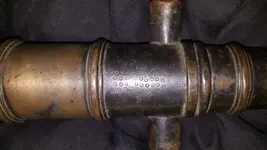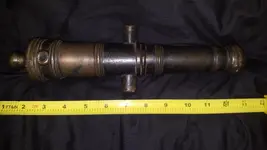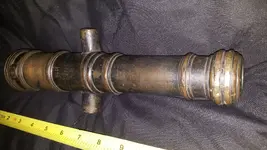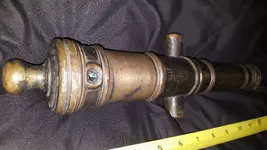After a quick search...
"In The New Cambridge History of India: Science, Technology and Medicine in Colonial India, scholar David Arnold examines the effect of the British Raj in Indian mining and metallurgy:[4]
With the partial exception of coal, foreign competition, aided by the absence of tariff barriers and lack of technological innovation, held back the development of mining and metal-working technology in India until the early 20th century. The relatively crude, labour-intensive nature of surviving mining techniques contributed to the false impression that India was poorly endowed with mineral resources or that they were inaccessible or otherwise difficult and unremunerative to work. But the fate of mining and metallurgy was affected by political as well as by economic and technological considerations.
The British were aware of the part metal-working had played in supporting indigenous powers in the past through the production of arms and ammunition, and, just as they introduced an Arms Act in 1878 to restrict Indian access to firearms, so they sought to limit India’s ability to mine and work metals that might sustain it in future wars and rebellions. This was especially the case with Rajasthan, a region rich in metals. In the 1820s James Tod identified the ‘mines of Mewar’ as one of the means that had enabled its masters ‘so long to struggle against superior power, and to raise those magnificent structures which would do honour to the most potent kingdoms of the west’. Indian skill in the difficult art of casting brass cannon had made Indian artillery a formidable adversary from the reign of Akbar to the Maratha and Sikh wars 300 years later. But by the early 19th century most of the mines in Rajasthan had been abandoned: the caste of miners was ‘extinct’.
During the Company period, as military opponents were eliminated and princely states extinguished, so was the local capacity to mine and work metals steadily eroded. As late as the Rebellion of 1857, the mining of lead for ammunition at Ajmer was perceived as a threat the British would no longer countenance and the mines were closed down. "















